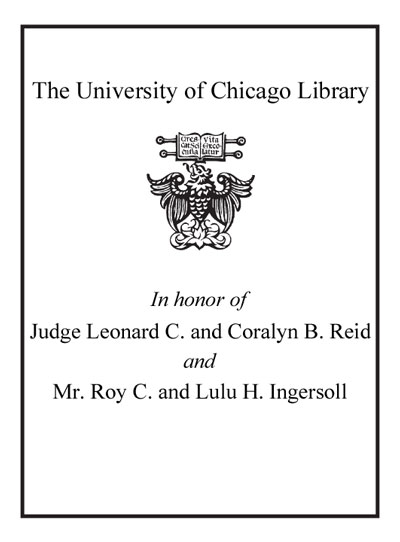Review by Choice Review
Lipinski (visiting professor, Univ. of Illinois, Urbana-Champaign) presents an advanced guide to an aspect of copyright--liability and risk assessment for librarians and educators--that has not been adequately covered in other works. This is a scholarly but practical legal tool with copious footnotes. The author, a noted expert in the field of information law and policy, assumes that copyright basics have been mastered. The first part deals in detail with three types of copyright liability: direct, contributory, and vicarious infringements. These types, which are important, are not emphasized in many other works on the subject. Other parts deal with penalties and immunities for libraries and schools, the impact of the Digital Millennium Copyright Act of 1998, and three ways to limit liability exposure. Every chapter has invaluable sections on real-world examples and key points for an institution's policy and practice. Other helpful additions include "Glossary of Essential Terms," three tools covering a copyright compliance audit, an implementation checklist for Section 512 register agents, and sample copyright policies. There are case and subject indexes. This is an important and unique legal guide for nonexperts in library and educational settings. ^BSumming Up: Highly recommended. Graduate students, faculty, and professionals. M. M. Strange University of Wisconsin--LaCrosse
Copyright American Library Association, used with permission.
Review by Booklist Review
This is the first entry in a new series, the Legal Advisor for Librarians, Educators, and Information Professionals. Lipinski, who coauthored The Library Legal Answer Book0 (ALA, 2003), is the series' editor as well as author of this title, which is divided into five parts. Part 1 examines the three types of liability: direct, contributory, and vicarious copyright infringement. Part 2 addresses penalties and immunities and includes a chapter on Section 512, "Safe Harbor." Part 3 explores the impact of the Digital Millennium Copyright Act. Part 4 proffers three ways to limit exposure to copyright liability, covering reproduction, interlibrary loan, circulating software, and distance education. Part 5 provides compliance tools: a copyright compliance audit, an implementation checklist for Section 512 registered agents, and 16 sample copyright policies. Each chapter ends with "Real-World Examples," "Key Points for Your Institution's Policy and Practice," and extensive endnotes. The book delves deeper into liability than most others and is an important read for those setting policy. Keep the highlighter at hand when reading! --Esther Sinofsky Copyright 2006 Booklist
From Booklist, Copyright (c) American Library Association. Used with permission.
Review by Choice Review
Review by Booklist Review

